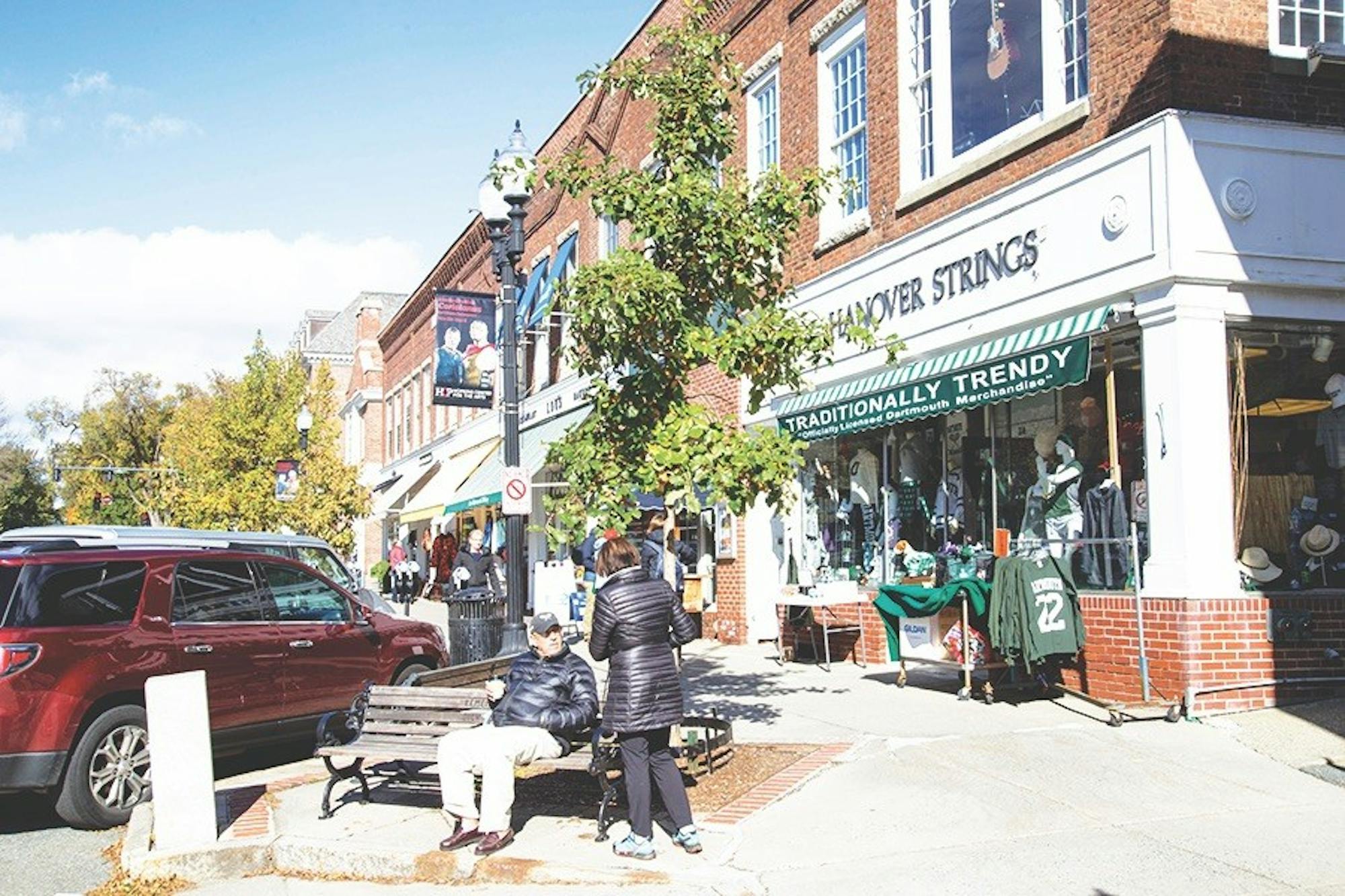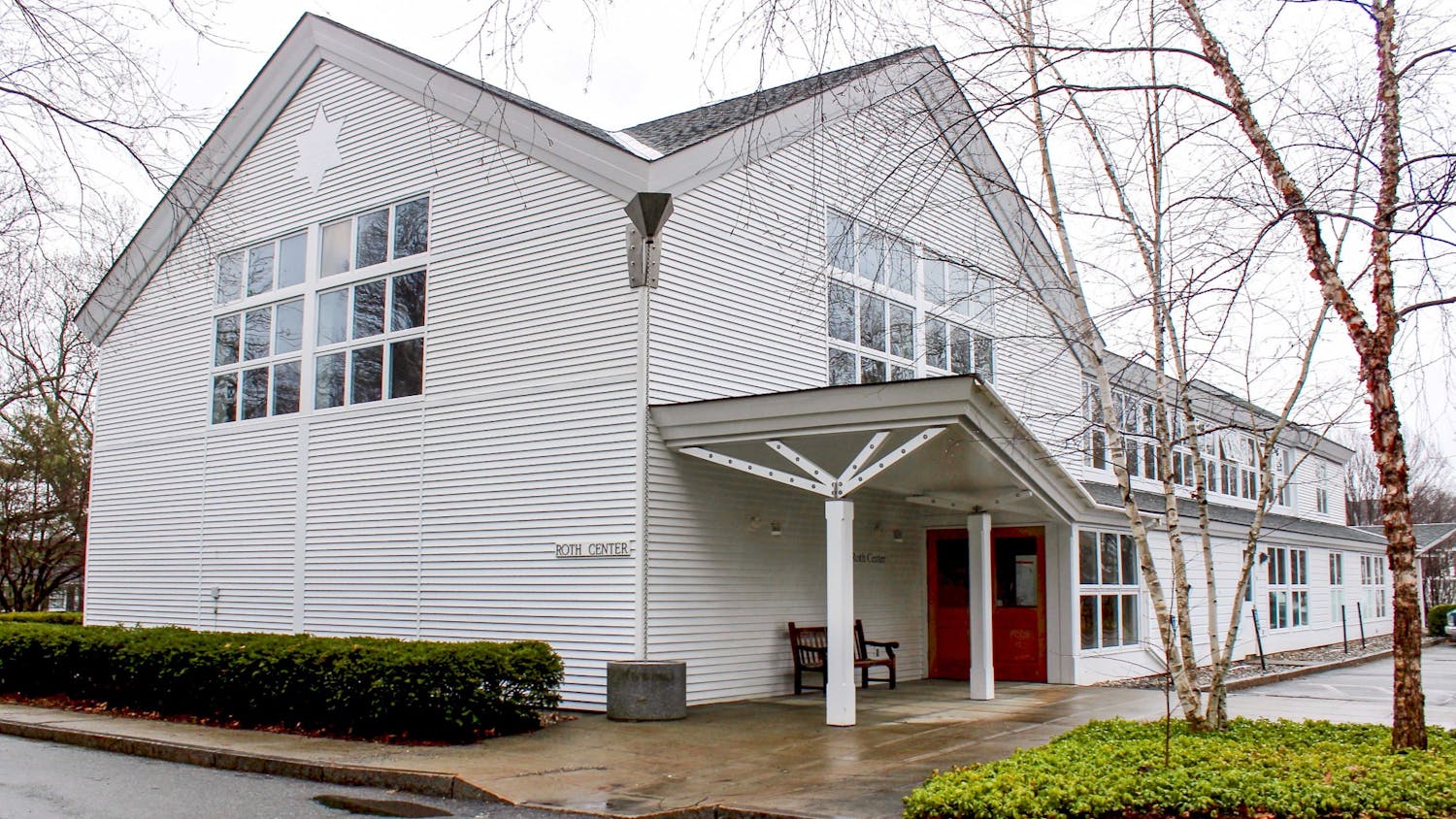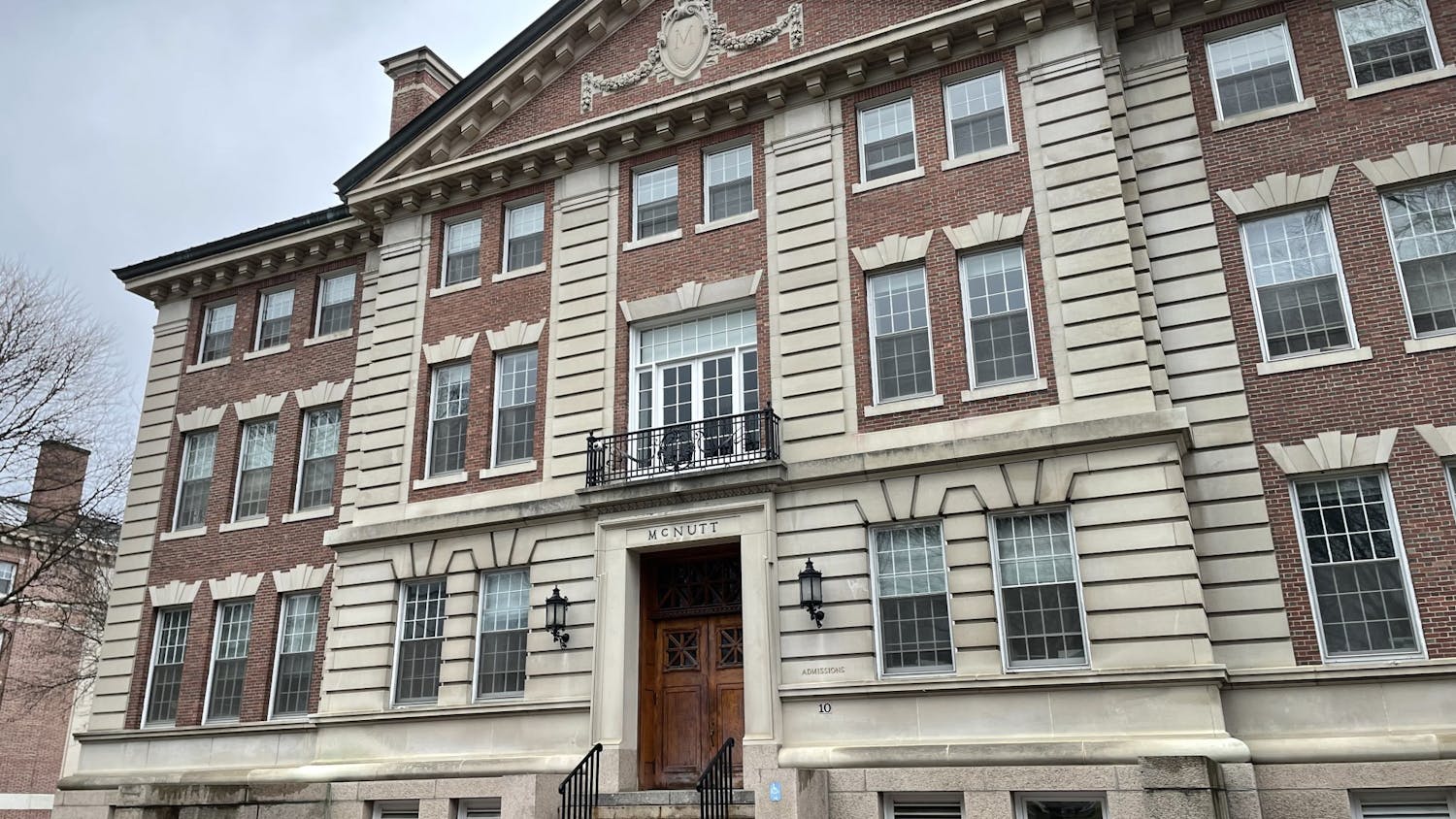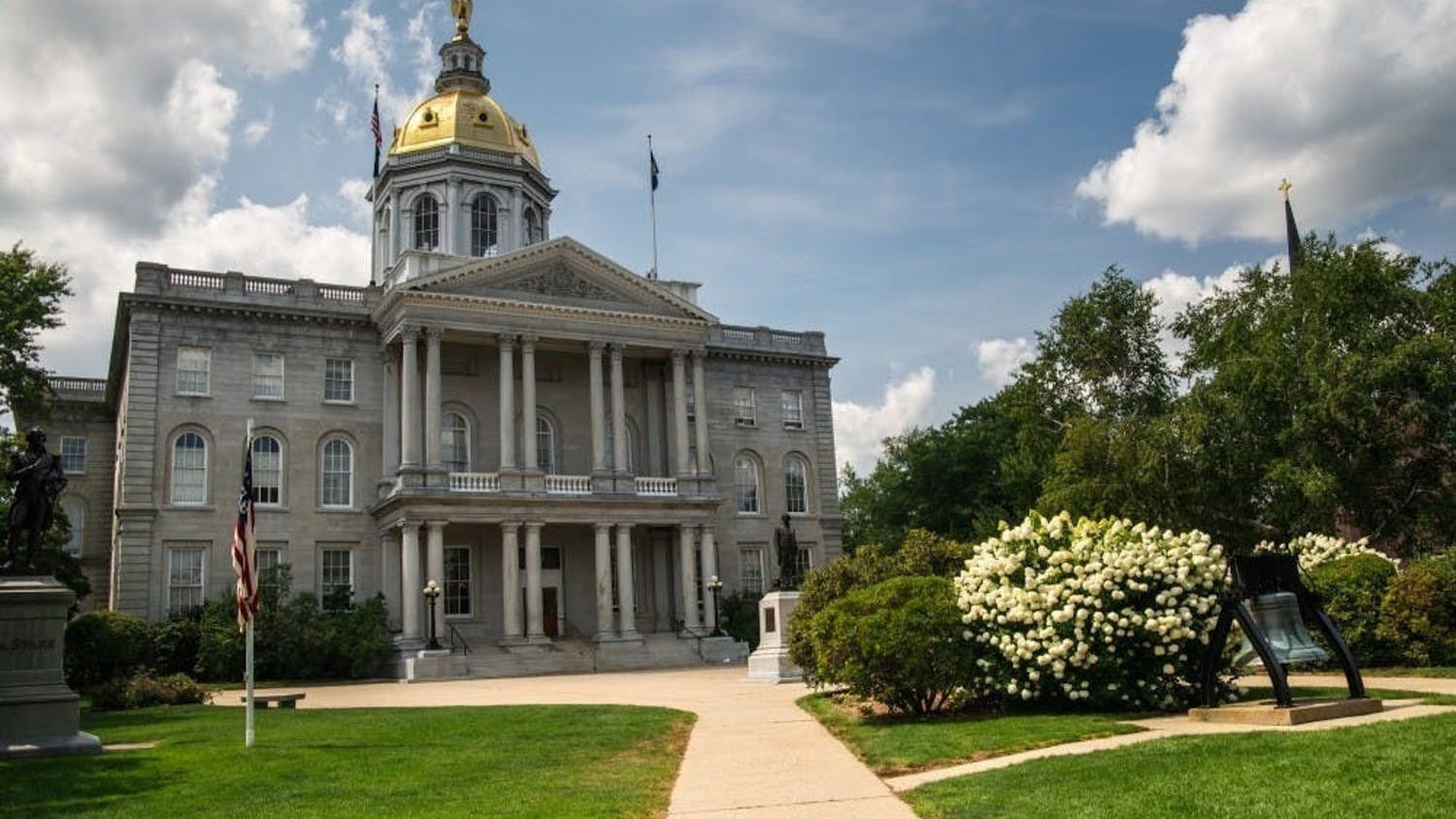The landscape of Main Street Hanover has seen significant changes in recent years, notably with the departure of pizza shop Everything But Anchovies and the imminent departure of the Dartmouth Bookstore. Despite the recent loss of these mainstay businesses, downtown Hanover is no stranger to change.
In the College’s early years, Main Street housed several businesses and faculty residences. According to Hanover town files held in Rauner Special Collections Library, the town had a few stores, a tavern and a highway as early as 1775. By 1795, Hanover was home to at least one bookstore. Transportation to and from Hanover’s downtown area increased significantly during the late 18th century and into the 19th century, with the construction of canals on the Connecticut River, railroads in the Upper Valley, and stagecoaches traveling to and from Boston.
Increased traffic allowed Main Street Hanover to evolve into a bustling downtown district by the mid 19th century. New establishments such as grocers, salons, hardware stores, clothiers, smoke shops and the Dartmouth Hotel emerged during this time, and many faculty still resided in the downtown area. Nineteenth century Dartmouth students relied on downtown Hanover for school supplies, books and clothing.
“Since [Hanover] is so remote, [students] would always have to have the essentials right around the Green,” Hanover Historical Society historian Cynthia Bittinger said.
According to Bittinger, the biggest disruption to Hanover’s downtown area occurred as a result of a devastating late 19th century fire.
“The entire downtown burned down,” she said.
Freezing Hanover temperatures and a lack of a reservoir system left local firefighters scrambling to find water to combat the fire. The blaze started in the Dartmouth Hotel, but quickly spread to neighboring buildings including the fire department. The Lebanon fire department stepped in to assist, but significant damage had already been done, with several buildings reduced to smoldering piles of ashes.
The town of Hanover and the College were tasked with rebuilding much of Hanover’s business district, according to Bittinger. New buildings were constructed with brick and mortar instead of flammable wood. Following the disastrous 1887 fire, Bittinger said the town of Hanover also built a reservoir system so as to have sufficient water if a fire were to catch in Hanover again.
Calls for change on Main Street arose throughout the 20th century. In 1949, a proposal to remodel storefronts on Main Street was submitted to the Valley News, asking that the architecture of Main Street be remodeled to better match the architecture of Dartmouth buildings. More significant calls for change came in 1964, when town planner Hans Klunder proposed an ambitious redesign of downtown Hanover that included turning South Main Street into an entirely pedestrian plaza and installing additional parking. Most of Klunder’s ideas never came to fruition, and insufficient parking continued to be an issue throughout the 20th century. In 1987, a Tuck School of Business study urged the town of Hanover to build a parking garage, according to records found in Rauner library. In addition to a lack of parking, current students and Hanover residents might find another 20th century complaint familiar. In 1958, a Valley News article complained that the streets of Hanover were deserted at night because stores closed too early.
Businesses in Hanover continued to evolve during the 20th century. Throughout the mid-to-late nineties, Main Street housed a multitude of new establishments. Several ski shops served Upper Valley residents and students over the years. A dance studio, offering classes in steps such as the waltz and “the chicken” opened on 35 South Main Street in 1958. In 1985, a shopping complex opened at 80 South Main Street.
By the early 2000s, downtown Hanover had seen many businesses come and go. Chain stores and restaurants such as Talbots, CVS and Starbucks established locations on Main Street during the early 21st century, to the dismay of many local business owners who feared big chains would steal their customers. These fears held true for some businesses, such as Eastman’s Pharmacy, which had served Hanover for over 75 years. The family-owned pharmacy eventually succumbed to challenges such as supply-side pressures and competition from CVS and closed in 2014.
Retail and restaurant turnover has always been typical of Main Street, according to Hanover town manager Julia Griffin. The 2008 financial crisis and subsequent recession particularly affected Main Street businesses, she said. Main Street businesses also face unique challenges. Rents on Main Street are notoriously high, causing many businesses to struggle with costs. Online retail has also affected the businesses, Griffin added, as the student population turns to internet retailers for their shopping needs instead of going to downtown Hanover establishments. The six-week winter interim also poses a unique challenge to businesses in Hanover, who have lost peak holiday season business since Dartmouth’s calendar was adjusted, Griffin noted.
Despite significant changes on Main Street over the last 250 years, several things have remained the same — some of them largely unchanged for centuries. Local business has long been valued by Hanover residents, who, according to Griffin, tend to favor small, locally-owned businesses over larger chain stores. Local restaurants and local, often high-end retail have been defining features of Main Street for decades. A hotel has existed on the property where the Hanover Inn now stands since the Dartmouth Hotel was constructed in 1813. Certain businesses have existed on Main Street for years, such as the century-old Nugget Theater, Lou’s Diner and the iconic Dartmouth Co-op.
Perhaps the most important mainstay of Main Street is its relationship to the College. Main Street’s proximity to Dartmouth has allowed its businesses to serve Dartmouth students and faculty for generations. Main Street also serves as an attraction for visitors to the College, enticing prospective students and families with its small college town charm. Moreover, Main Street businesses depend on the Dartmouth community. Commitment to local business is especially important in the age of digital commerce, according to Bittinger. She said that local business on Main Street not only maintains the unique college town feel of Hanover, but supports the broader Hanover community.
“There is a lot to be very proud of in this town,” observed Bittinger, who stressed the importance of the Dartmouth community and the broader Hanover community continuing to support one another.




